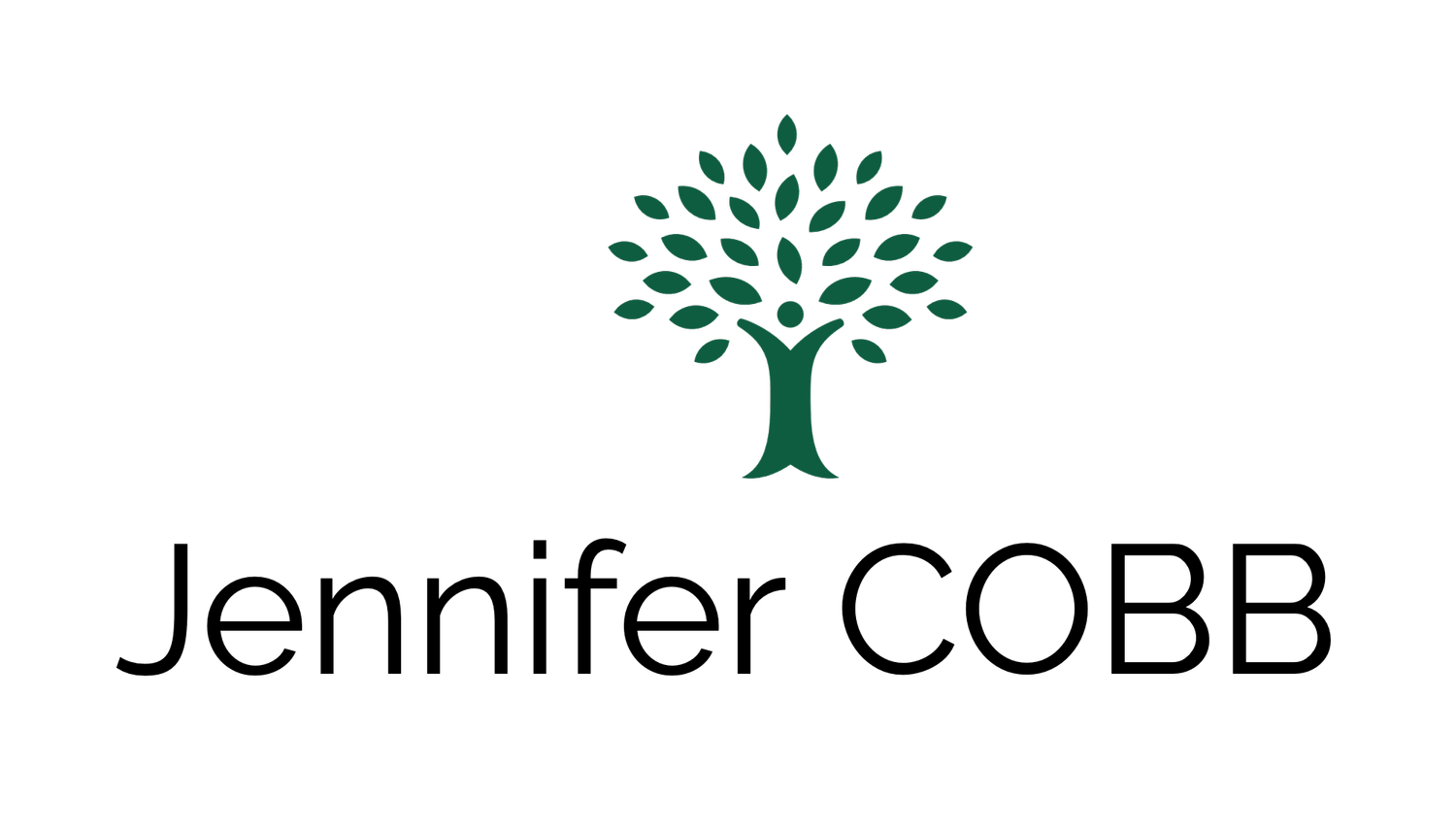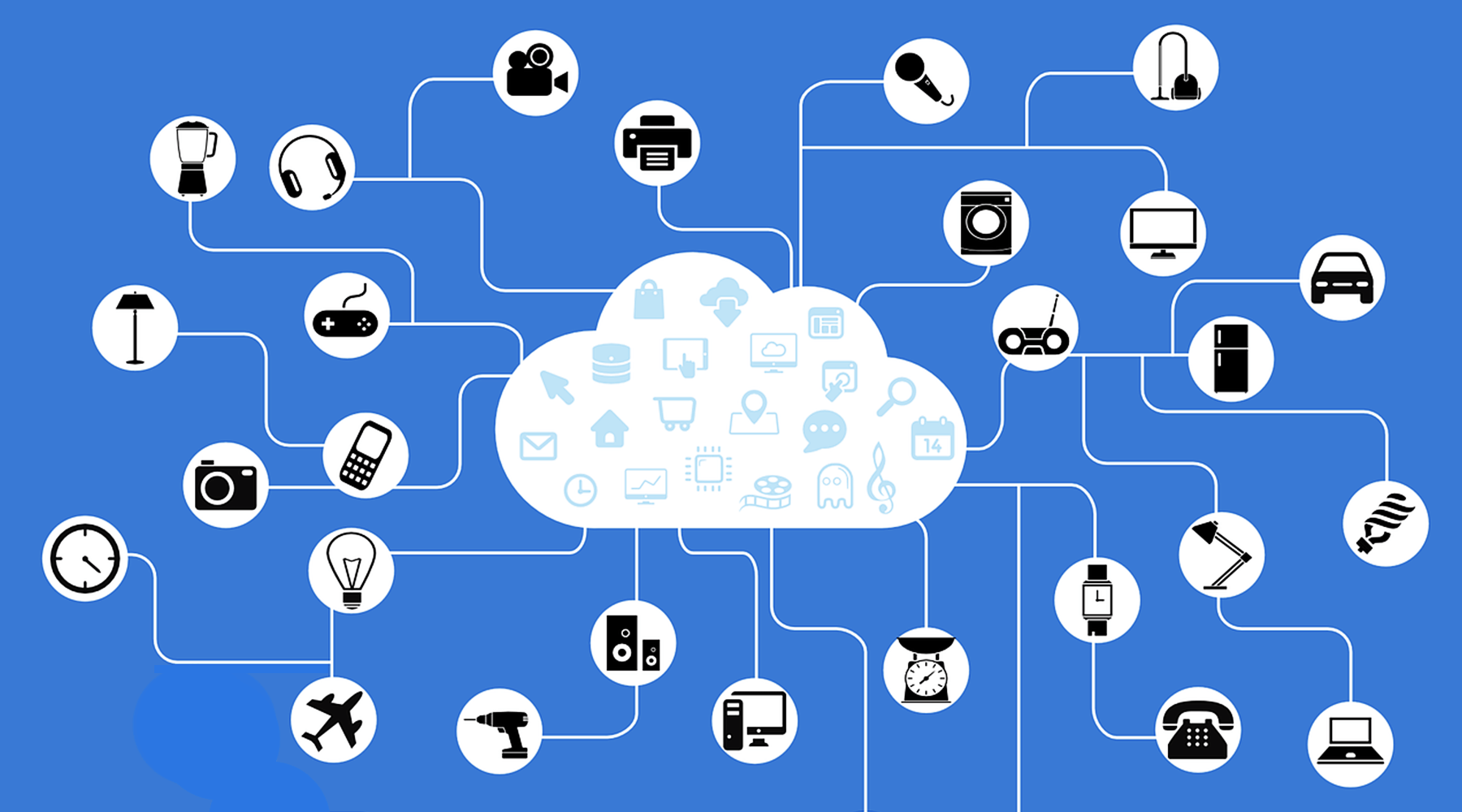The Internet of Things -- IoT
A number of years ago, I found an obscure article tucked away in a corner of the MIT website called The Internet of Objects. I tucked it away in my “research” folder, the place I stash things that seem important but I am not sure exactly what to do with them. It was circa 1999.
Fast forward and I see that the Internet of Things not only makes the list of McKinsey, ReadWrite Web’s and Giga Om’s key trends for 2010, it has gained an acronym – IoT. It has arrived. Oh, and IBM has their hand in too with a series of videos that have much richer overtones of Teilhard de Chardin than a global technology corporation. “So, in effect, the planet has grown a central nervous system.”
Really?
As is generally the case in early technology cycles, the story at the moment is potentially powerful, yet current implementations remain somewhat mundane. The Internet of Things circa 2011 is the capacity to tag objects with RFID tags and various sensors and track them in time and space. The means that we can, potentially, manage whole new levels of complexity and risk. While we are far from realizing the big potential, there are some interesting early developments. The most mature are in the areas of supply chain logistics and fleet optimization. Somewhat more nascent, but fascinating, are applications around health care, energy consumption and resource deployment. For example, the Internet of Things will be critical to provisioning the smart grid and making all of our energy usage, both domestic and commercial, more efficient.
While the cost of tagging objects and collecting truly vast amounts of data are plummeting, we are a long way from actualizing the complex systems needed to manage the crushing sea of data that will pour into the Internet from the world of things. It is estimated that currently there are more than 35 billion things connected to the Internet. And we are just warming up. Imagine the sheer volume of raw data that could be generated by tracking and tagging the billions upon billions of objects that make up our world. Achieving that potential makes weather prediction systems look like a walk in the park.
What would this be like? For starters, we would know where things are, where they have come from, what they are made of, even what they “want”. We could also know if things are connected to other things, to people, to organizations, to ideas, to trends, to information. Simple but really important tasks like efficient reuse and recycling of materials could become possible. We could track and manage materials and waste, energy use and reuse, with unforeseen efficiency. We could also begin to connect trends in the natural world – not just in the built environment – with greater efficiency and ease, enabling better stewardship of our increasingly fragile planet. In other words, we could, for the first time, begin a dialogue with the material world.
There are enormous challenges ahead.
The first challenge has to do with semantics. Unlocking streams of data without a framework for transforming them into information and knowledge becomes an exercise in futility. Conscious participation in the vast interconnected system we call Earth will require a semantic system for categorizing and utilizing the data. Without that, they are simply noise. Semantics, and the emergence of the Semantic Web, will be a key element in the formation of the IoT. The challenge with the semantic web is that as soon as we begin to create structures of meaning to categorize information, the data lose their internal integrity or objectivity and become subject to structures of value that are deeply encoded with culture, class, morality and much more. The attempts to create an open source semantic web (see Freebase) are critical and will have very important consequences down the road for the IoT.
The second issue, which is linked to the first, is the need to protect the IoT itself as a vast open source project. For it to be successful, the systems for managing and tracking the data will need to emerge, for the most part, bottom-up, from the efforts of millions of individuals, companies and teams whose work will co-join, slowly and organically, over time, into a numbingly and beautifully complex system. As much as I admire IBM for what they do, I would shudder to leave the development of this potential only in the hands of large global companies whose vested interests and values are, by definition, more top down than bottom up.
Finally, as with so much new technology, issues around privacy are truly critical. What if every object I touch, look at or linger over is tracked and managed by retail vendors who then display special prices just for me, optimized for my needs and wants, as I move through the world? What if systems track everything I eat, everyone I talk to, every note I sing and every step I take? Finding the proper limit to our visions and the integration of technology into what we think of as our private domains is a critical issue. As always, the limits of vision are as important as the vision itself.




